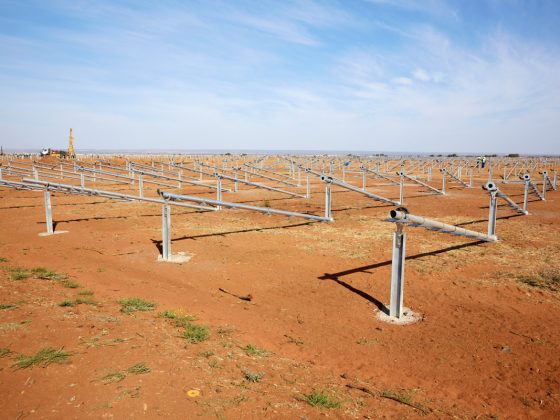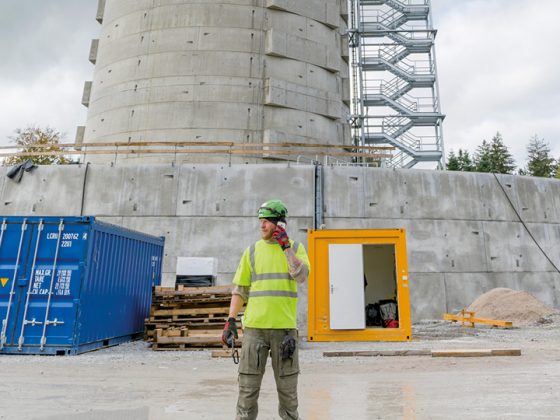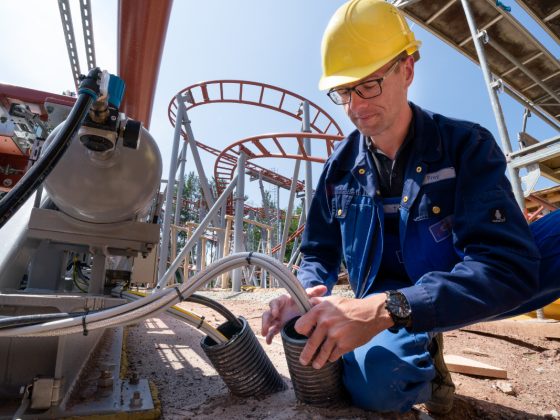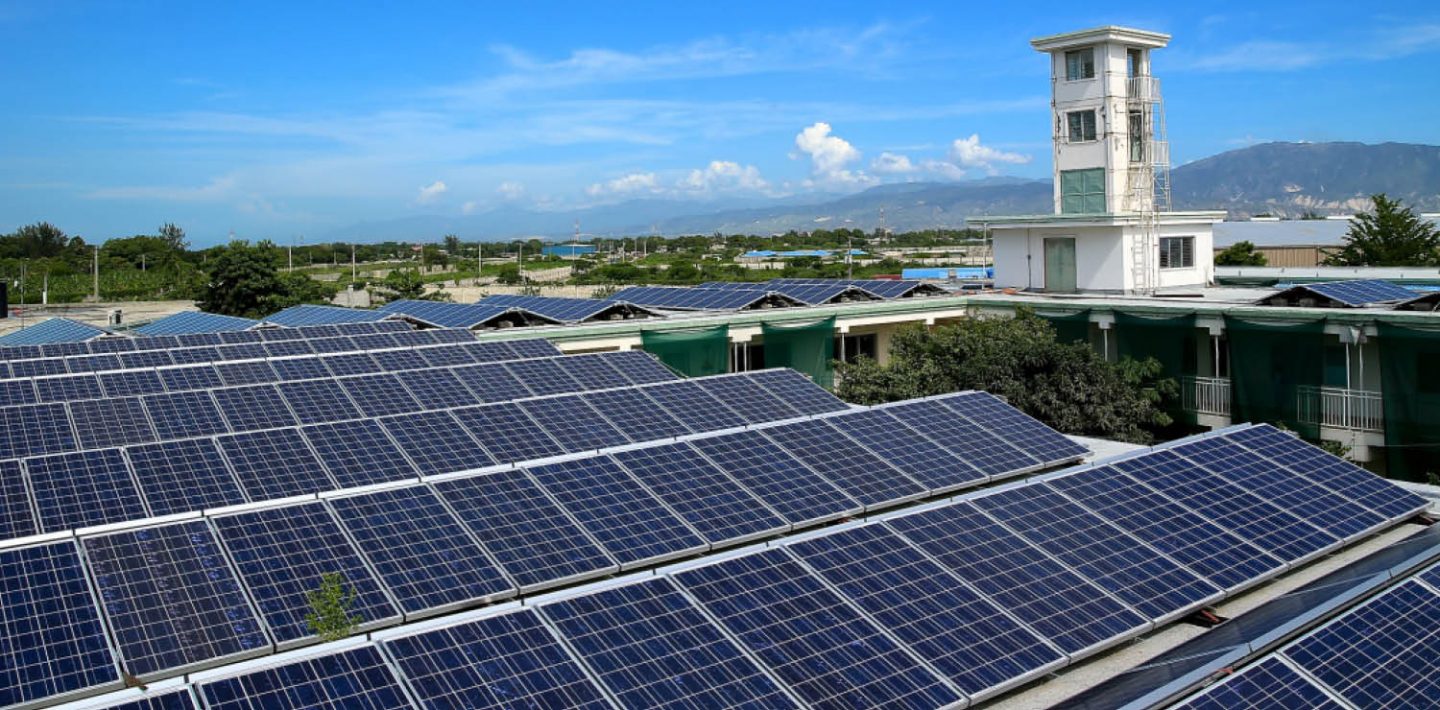
As a result, nph Kinderhilfe Lateinamerika e. V. is putting its trust in photovoltaics in its partner facilities in Haiti and has installed a Solar Smart Grid. This is a sophisticated solar energy system that ensures a stable power supply. For example, nph provides the entire power supply for all its facilities 100 percent from solar energy during the hours of sunlight. The Solar Smart Grid now supplies a total of 642 kWp of module power and 574 kW of inverter power and is the largest solar unit in Haiti. It generates a daily average of 3,000 KWh, saving around 800 litres of diesel every day, which would otherwise be used in the generators commonly used to generate electricity. Excess energy is stored in batteries that are used at night and when there is insufficient sunlight.
For over 30 years, nph Kinderhilfe Lateinamerika and its sister organisation, the St. Luc Foundation, have been focused on helping children in need in Haiti. In Tabarre, a suburb of the capital city Port-Au-Prince, they now operate 15 medical and educational facilities. After nph Haiti facilities were destroyed in the earthquake disaster ten years ago, the aid organisation decided to incorporate a sustainable energy supply into their reconstruction efforts. The main aim was to become independent of the public power grid. In particular, the St. Damien children’s hospital needs access to a stable power supply, as failures in the intensive care department could cost lives. The scheme was put in place in cooperation with local and German project partners.
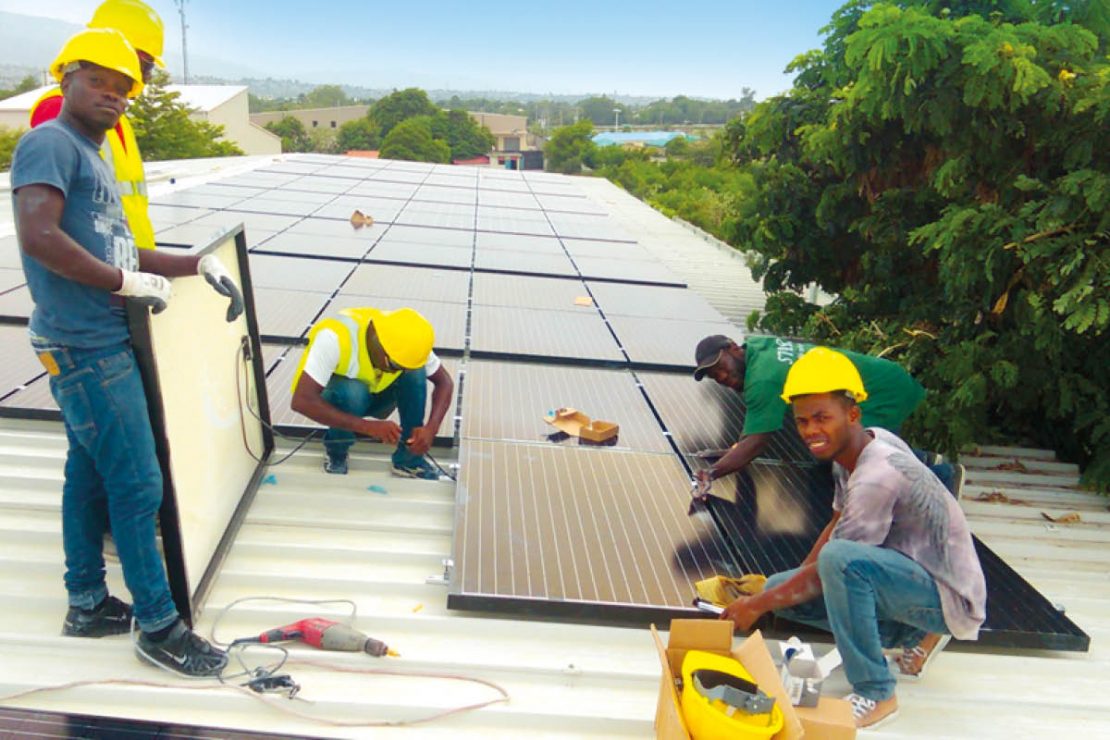
As the materials need to be exceptionally robust to withstand the extreme weather conditions in the Caribbean, the organisation approached LAPP with its project. They required exceptionally durable UV-resistant cables that can withstand the strong sunlight and allow smooth power transmission. Due to the large quantities of solar modules installed on various buildings, some of the cables had to cover very long distances.
LAPP provided a total of 45,700 metres of ÖLFLEX® SOLAR XLR cables for reliable connection of the individual photovoltaic modules. The TÜV type tested solar cables have exceptionally high thermal and mechanical resistance, are UV-resistant and also provide high resistance to weather conditions and temperatures (-40 to +120 °C). In addition, 1,400 EPIC® SOLAR connectors are used. Thanks to their low transmission resistance (less than 5 mOhm) they are exceptionally efficient in energy transmission. There were also 750 metres of PVC cable for direct burial and around 1,400 highly resistant cable ties. “Social responsibility and community issues are things that are close to our heart at LAPP”, said CEO Matthias Lapp.
However, LAPP not only supported the first phase of the project with customised cable and connection solutions, but also supported the subsequent development of the project in which the facilities in Tabarre were combined to form a partially autonomous power grid, the Solar Smart Grid. This combination enables the diesel generator unit to be controlled centrally and allows several decentralised, grid-coupled photovoltaic units to be constructed. An additional energy storage system, which can be used to store electricity generated by solar energy, increases the proportion of solar energy in the overall consumption to more than 50 percent. The intelligent control of the Solar Smart Grid coordinates the power supply. Use of the diesel generator is now only necessary during the day when there are load peaks and at night. This significantly reduces diesel consumption.
With the Solar Smart Grid, nph is saving the equivalent of around 250,000 euros per year on its annual energy costs as a result of requiring much less fuel for diesel generators. These savings enable optimisation and expansion of medical and educational programmes, which in turn create jobs for care and teaching personnel, as well as space for new projects – and thus make a significant contribution to reducing poverty. More of the organisations’ buildings will gradually be equipped with solar units and connected to the Solar Smart Grid.
Download brochure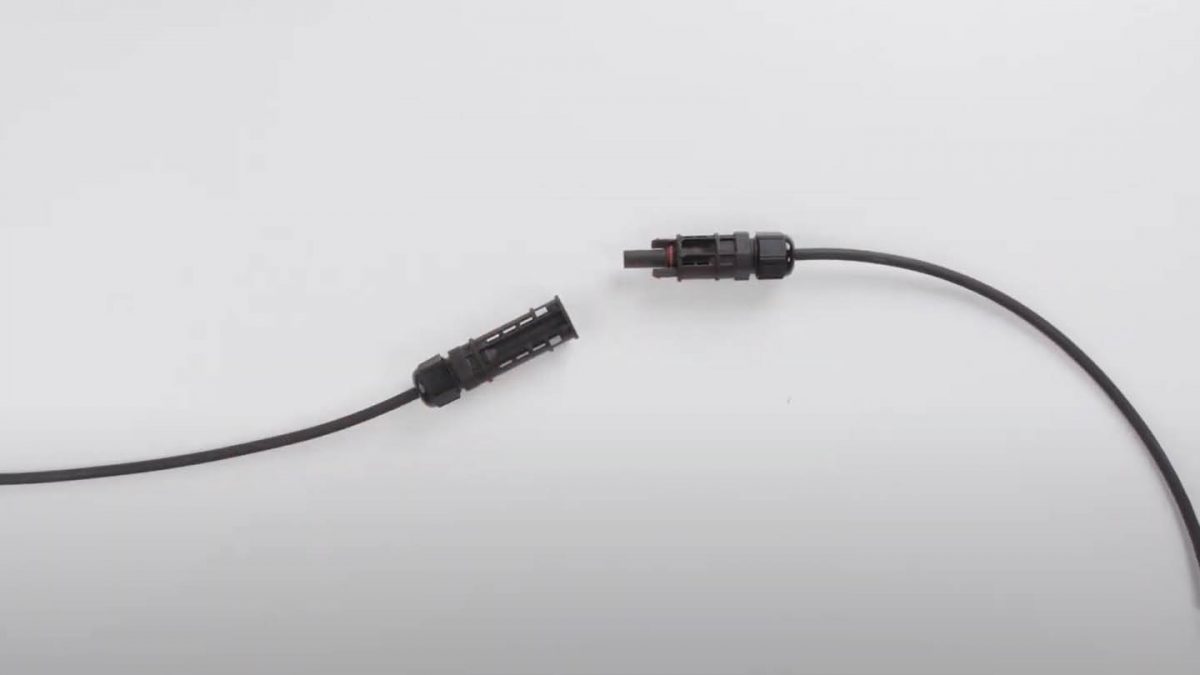
Video: How To – EPIC® SOLAR 4PLUS Connector Assembly

